Summer is here and your little may soon be starting kindergarten. Being kindergarten ready is not only about academics. As a school year ends, lets spend some time talking about what your little needs to be able to do to successfully start kindergarten. A successful kindergarten year is so important, it sets a firm foundation for your child’s academic career and it begins at home with you before they even step into kindergarten. How can you help your little be ready? Keep reading for activities and tips for helping them get off on the right foot. There is also a tip with what to do when a paint mishap occurs at school.
Parenting Information
Let’s Start with the paperwork:
Not the paperwork you are thinking of, but making sure your child knows how to use the restroom independently. When your child arrives at their kindergarten class, they will be one among 15, 18, 20 or even more. The teacher will not be able to help them in the restroom. Please work with your child to make sure they are able to use the restroom with complete independence. Also make sure they are able to clean themselves without the moist wipes. At home these are wonderful but when used in a school setting, they can wreak havoc on the plumbing, so they are not allowed at most schools. 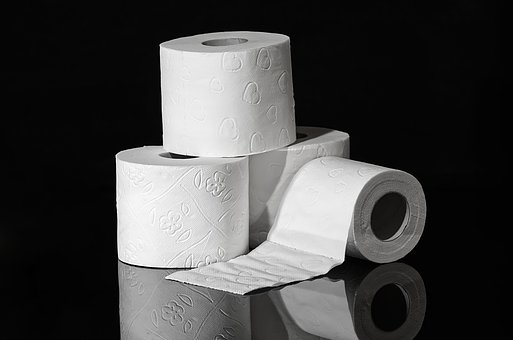
Clothing:
This is also a time to make sure your child is able to dress themselves. Can they use the zippers, buttons, and snaps on their clothing? This is important for you child when using the restroom and when getting ready to go outside. I will never forget when I had a student on the first day of school come out of the restroom pants down and asking for help to put them back on and zip and snap them. Needless to say mom and dad got a call that night to make sure their little was able to complete these tasks by themselves. Also think twice before putting a belt on your child when heading off to school. Make sure your child can quickly maneuver this additional layer. Many children will have an accident while trying to get that belt undone. We try to discourage anything that will cause your little embarrassment. Make sure your little knows how to put on and take off their coat and that they can fasten it. Remember the number of children a teacher has in the room and how much they need to teach the children, they cannot possibly get everyone into their coats and still be able to get outside in the allotted time frame.
Another factor to remember when dressing your child for kindergarten is that kindergarten can be a very messy place. We paint, and play with sand and water, we go outside and run around at recess. Make sure the clothes your child is wearing are not their Sunday best. Teachers try their best to help protect the students clothing, but are not always successful.
Here are some samples kindergarten friendly clothing.

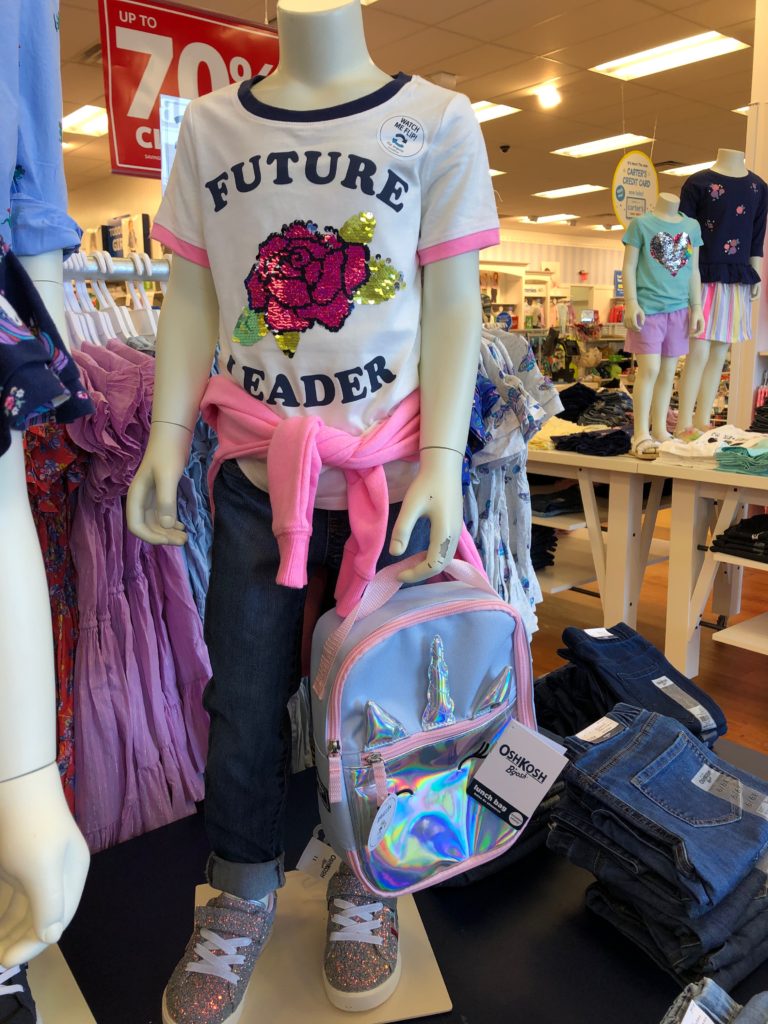
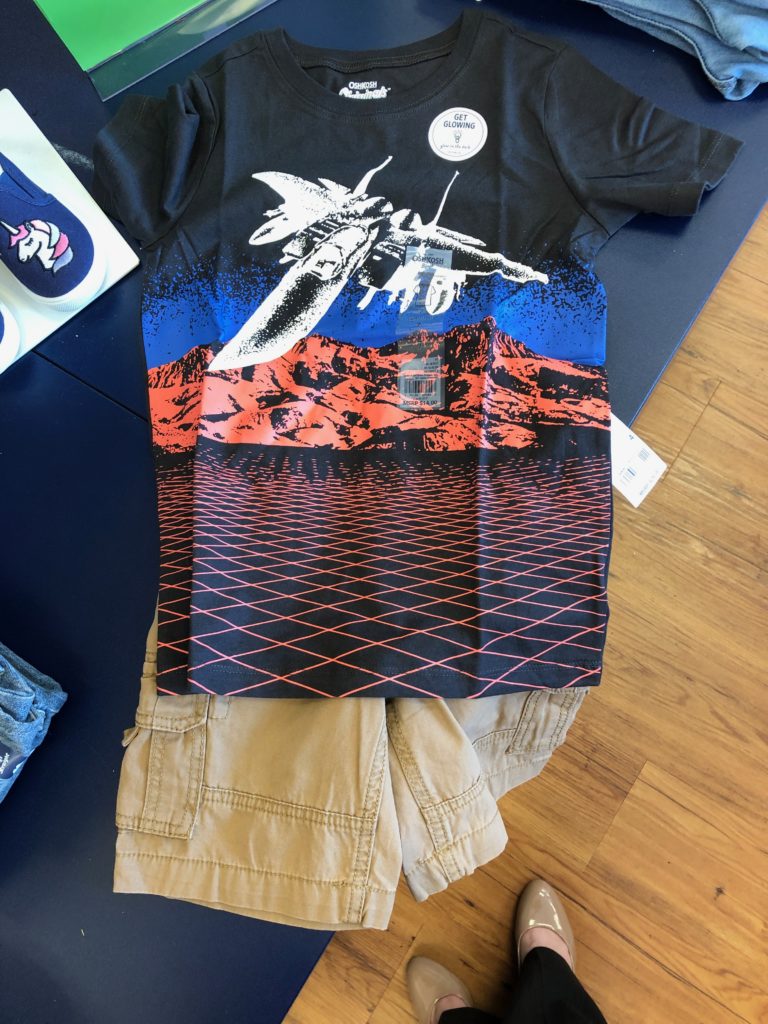
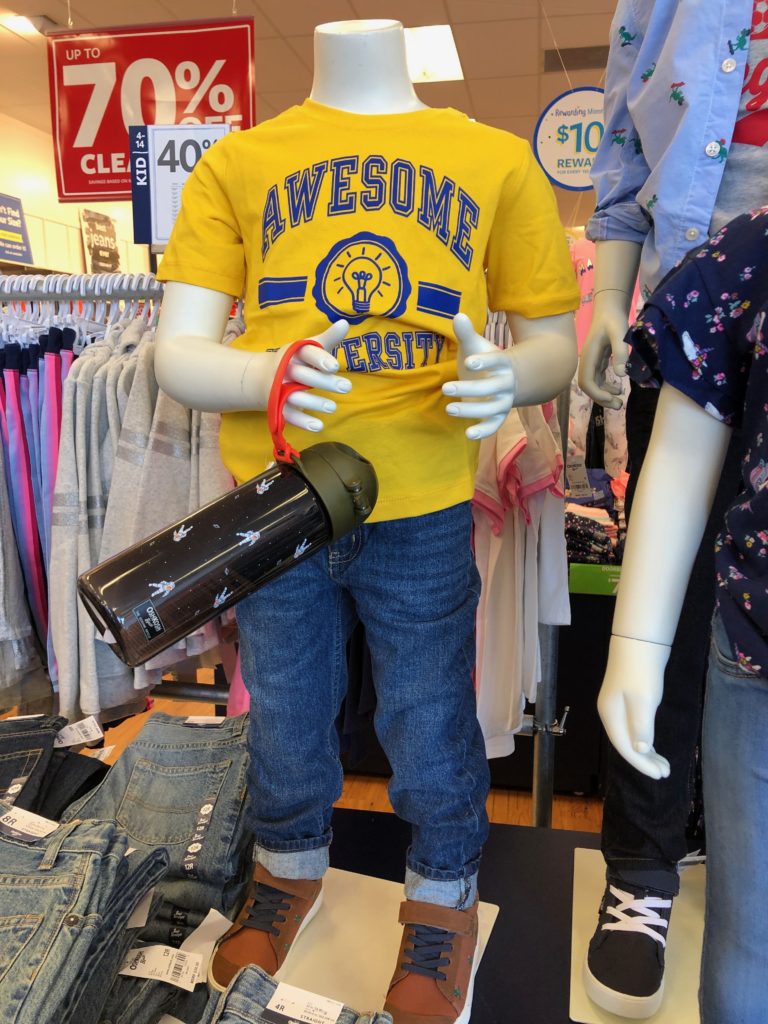

TIP
If your child gets paint on their clothes at school:
DO NOT wet the paint spot. Take a dry bar of soap and rub it all over the spot where the paint is. Then throw it into the wash and wash as you normally would. Do not add spot removers such as shout. Just wash, the only color that can be tough sometimes is magenta, I have no idea why.
Shoes:
Shoes are also a big piece of ease and safety for your child. The best shoes for your child to wear to kindergarten are sneakers or closed toed strap on sandals with rubber soles. Croc’s, open toed shoes, flip flops, and dressy shoes are fun and the children love them, but they are all unsafe in the classroom environment. Children climb on playground equipment everyday for recess and they are moving around in the classroom a lot. Think of your child’s toes, they could easily be stepped and hurt. Flip flops, Croc’s, and dress shoes can all cause falls inside and out. Have them as something your child can put on as soon as they get home. I have seen children hurt when wearing these shoes and I want to help you avoid your child’s discomfort while at school.
Here are some samples of kindergarten friendly shoes.


For more tips go to How to be Back to School Ready.
Social and Emotional Readiness
Play well with others: Children need to have time to play together with out the structure of a sport or any other structured activity. Make some play dates for your child so they can get together with a friend or two and just play, of course supervise, but let them play together and figure out the tough parts. They need to build their skills of sharing, problem solving, taking turns, and negotiating with one another. Be close, but let them figure it out.
 Be a Problem-solver: Children need to learn how to solve problems. There are many problems they encounter each day that are great learning opportunities for them to learn this skill. You can help them by asking your child what the problem is. Once they have told you the problem have them brainstorm some ideas that will help solve the problem. A great question to ask is “What do you think you could do about that?” Once you have a few ideas talk, with your child about which solution would they like to try. Don’t stop their help them use that solution to solve the problem. They do not know how to do this naturally, you have to teach it.
Be a Problem-solver: Children need to learn how to solve problems. There are many problems they encounter each day that are great learning opportunities for them to learn this skill. You can help them by asking your child what the problem is. Once they have told you the problem have them brainstorm some ideas that will help solve the problem. A great question to ask is “What do you think you could do about that?” Once you have a few ideas talk, with your child about which solution would they like to try. Don’t stop their help them use that solution to solve the problem. They do not know how to do this naturally, you have to teach it.
How to be helpful: Being helpful is so important in a classroom. Almost every activity requires children to be helpful to one another. Allow your child to help with tasks around the house. Have them help sort and put away silverware, sort and match socks, getting groceries at the store and then helping to put them away at home. There are many other things your child can help with. Give them the chance to help then tell them how much you appreciated the help. Compliments go a long way towards encouraging more helpful deeds.
Recognize and label their feelings: Children need to be able to be responsive to how others feel, especially in a classroom. This helps them to understand how others are feeling and how what they do effects others. You can help them with recognizing and labeling emotions at home with different things that happen on a daily basis. You can also use stories you read to them . As you read stop and talk about how the characters are feeling and what happened to make them feel that way. There are also some great books that just teach about emotions. Look at the book list below for some great books you can use with your little.
Self regulation and self control: Learning self regulation and self control is a skill that children learn and develop into adulthood. However, this executive function is not something that should be ignored because they are little and they won’t fully develop it for years. It is something you need to start teaching your child from a young age. It isn’t just about patience. They need to be able to stop what they are doing and restart either what they are doing or something new. This is true in the classroom. They maybe doing something and need to stop and clean up for a new activity, they need to be able to do this quickly and know that they will get to go back to it at another time and be okay with that. You can play stop and go games with them such as move and freeze, red light green light or by acting out a make believe scene. All of this will help the to stop and think of what will happen next and how will it affect others.
Some educational activities to help your child be successful when they begin their kindergarten year
Name: Make sure your little can recognize their name at the very least. They will find their name in many places in the classroom and many of those places will be of importance to their success in the classroom. It is imperative they recognize their name, and it is a bonus if they can write their name.
Scissors: Make sure your little has experience scissors. have them cut up old newspapers or magazines. Draw straight, zigzag, and curvy lines for them to follow. Make sure you are using child friendly scissors with rounded ends for their safety and always supervise their use of scissors.
Shapes: Shapes are everywhere. Help your little recognize the different shapes using puzzles, books, and things you see around you everyday. Such as plates are round circles, books are rectangles, cat ears look like triangles, blocks look like squares, etc.
Colors: Use the world around you to teach your child colors. Look at items both inside and outside and describe them, tell their shape, color and even how they feel. Let your child practice telling you items they see.
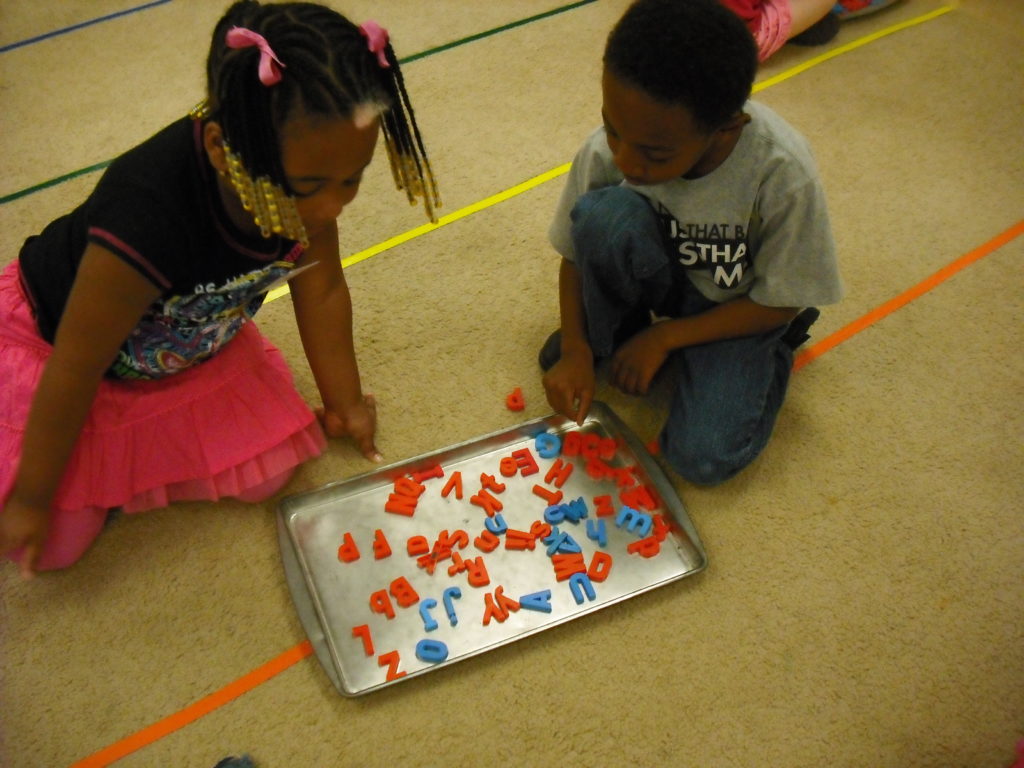
Alphabet: Learning the alphabet is an integral part of the kindergarten curriculum. Children do not need to enter kindergarten knowing all of their letters, but knowing some, especially the ones in their name is so helpful. Follow this link to some fun and engaging alphabet activities to do with your little.
Numbers: Just like learning the alphabet numbers are important too. Numbers are also integral in the curriculum, but again it never hurts for them to have some understanding of what numbers are, what they mean, and be able to count to about 10. Follow my blog for a future post on fun and engaging activities to help your little learn numbers.
Here are some of my favorite books for starting Kindergarten
The Feelings Book by Todd Parr
The Color Monster: A Story About Emotions by Anna Llenas
Rainbow Fish by Marcus Pfister
Miss Bindergarten Gets Ready for Kindergarten by Joseph Slate & Ashley Wolff
Kindergarten Rocks by Katie Davis
The Night Before Kindergarten by Natasha Wing
I Don’t Want To Go To Kindergarten, I Will Miss You Toooo Much by Maureen King
Llama Llama Misses Mama by Anna Dewdney
The Kissing Hand by Audrey Penn

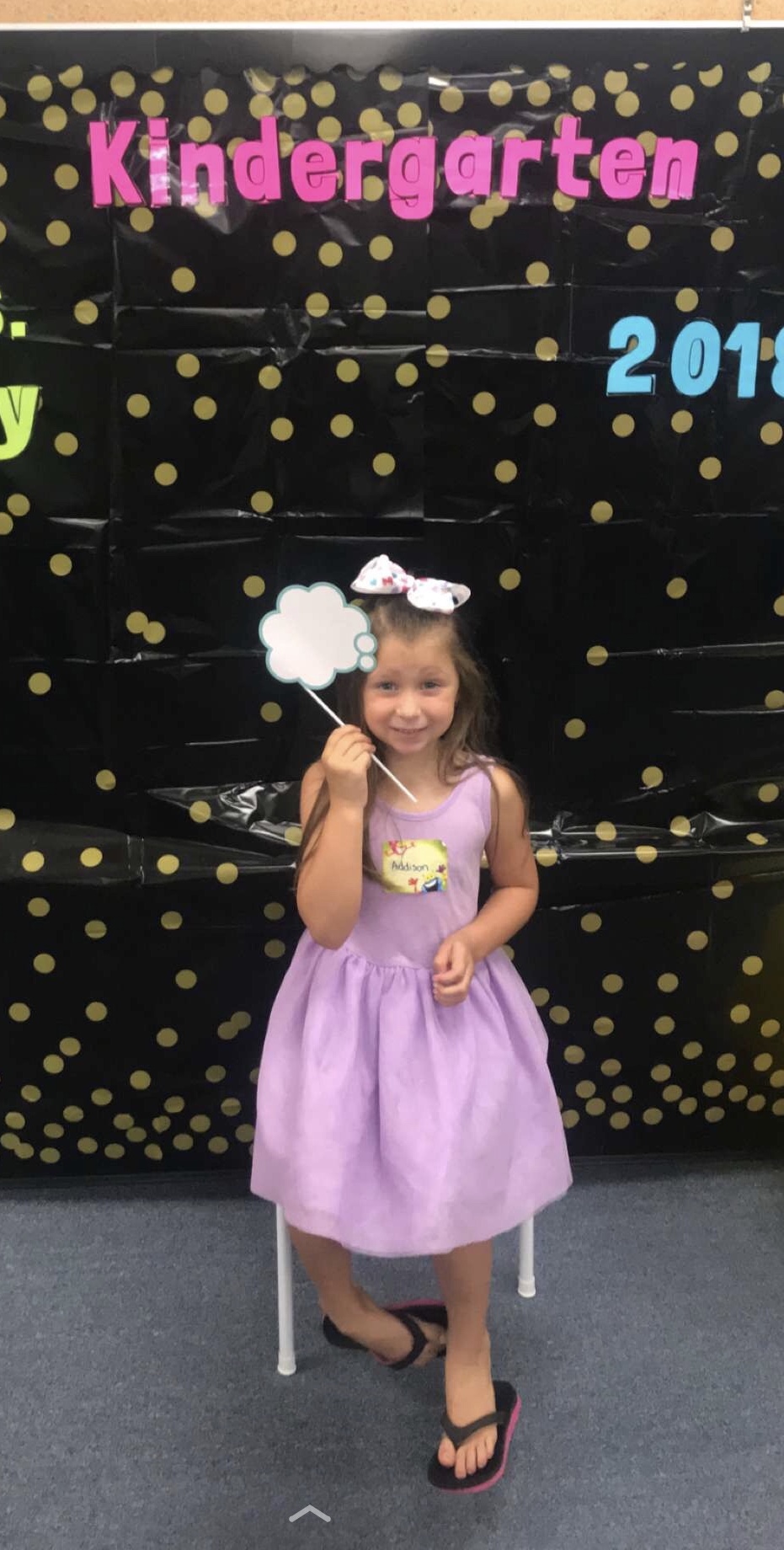



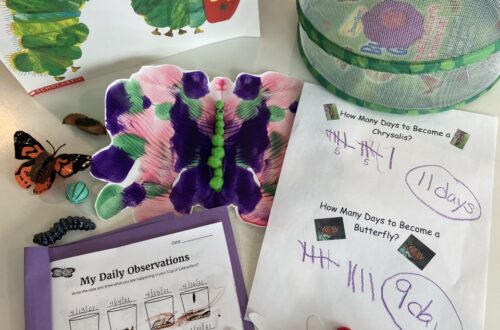
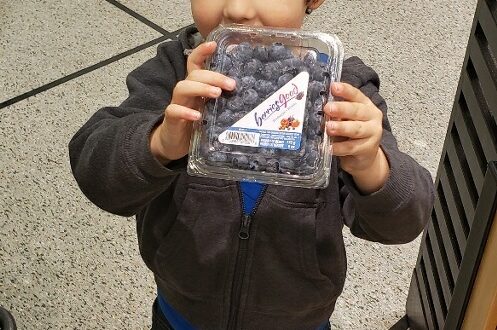
2 Comments
Carolyn
I really like your list of things to be sure to of before entering school..i too have seen many kids who cant wipe themselves in my life.
My own kids could not do up buttons unless they were snaps..so I bought or had snaps installed on clothes which seemed like a great idea..until I realized they refused to wear anything but snaps..even in grade 3. Nothing is made with snaps in grade 3!
Barb
I was a kindergarten teacher for many years and these are things my team and I found as necessary for littles to be able to do before coming to kindergarten. Many people don’t know how kindergarten works until there littles are there and I want them to be able to succeed, not struggle.